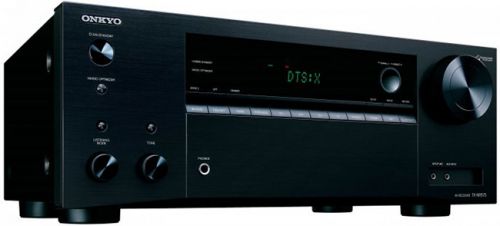Car Audio DAC: From Analog to Digital and Back
Cars have become more than just means of transportation. For many, they’re a haven of entertainment and comfort, with state of the art audio and video systems delivering premium sound quality. One of the elements that make up the sound system is the Digital to Analog Converter, also known as the DAC. But what is a DAC, and how does it convert audio signals in cars?
First of all, let’s start with the basics. Audio signals can be transmitted in either digital or analog form. Digital audio signals are binary data, represented by numbers, that can be encoded, decoded, and transmitted without losing any quality. Analog audio signals, on the other hand, are physical sound waves that carry the audio information. They are continuous, meaning that the signal is represented by a smooth and uninterrupted wave.
When it comes to audio systems, the sound is first recorded digitally and then converted to analog form to be played through speakers. This conversion stage is where the DAC comes into play. The digital audio data is converted into an analog waveform by a DAC, which interprets the binary data provided by the audio source and feeds it into an amplifier that drives the speakers.
The quality of the DAC can greatly affect the sound quality of the audio system. Low-quality DACs can produce distorted or muffled sound lows, highs, and overall clarity. Some higher-end audio systems feature premium DACs to produce high fidelity audio, resulting in crisp and clear sound quality.
But, it’s not just about converting from digital to analog. DACs also play a significant role in converting analog signals back to digital for processing, such as when playing music from a CD or MP3 player.
The process of converting analog signals to digital form is known as Analog-to-Digital Conversion, or ADC. This is where the waveforms of analog signals get sampled and then converted into binary data. The sampling rate and resolution of the ADC affect the quality of the digital recording.
Digital to Analog Converters (DACs) and Analog to Digital Converters (ADCs) are critical components of a modern car sound system, allowing for high-quality audio playback and recording. They play an important role in converting the digital signals of audio and video data into analog signals before being amplified and played through the car’s speakers, improving the overall quality of the sound. Vehicle manufacturers use high-quality DACs and ADCs to enrich them with the different components they use, providing for unique and high-quality audio experiences. Thanks to new developments in technology, the car audio system has come a long way from old tape decks to modern and innovative sound systems.






